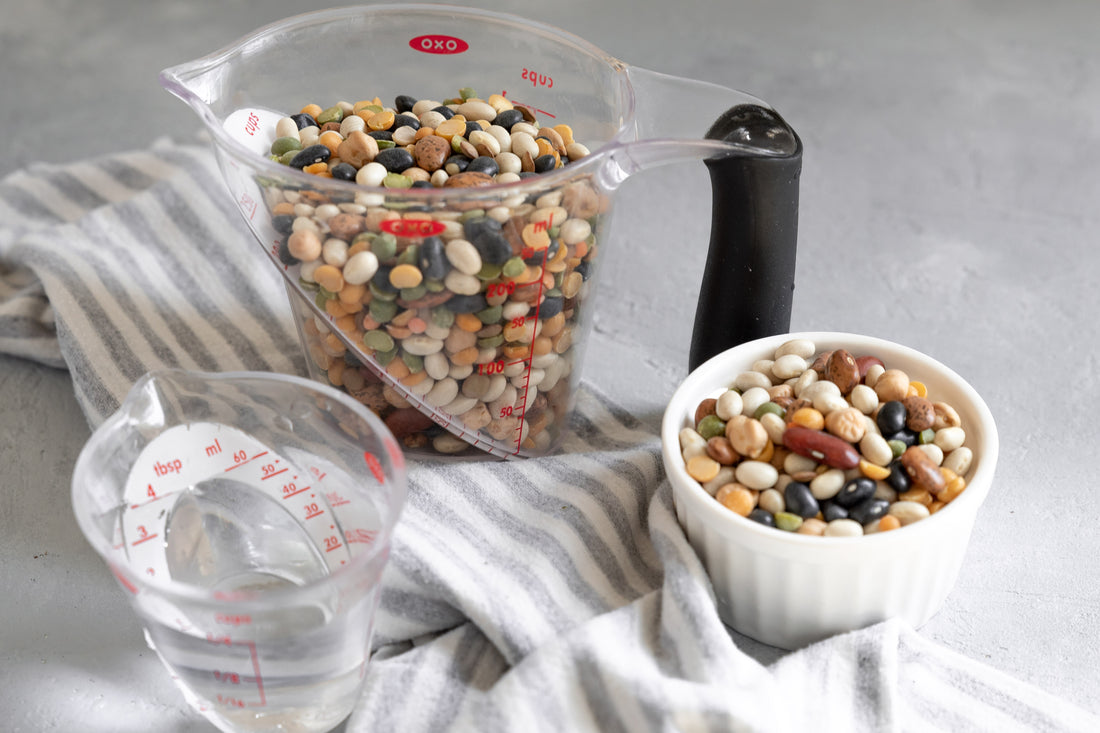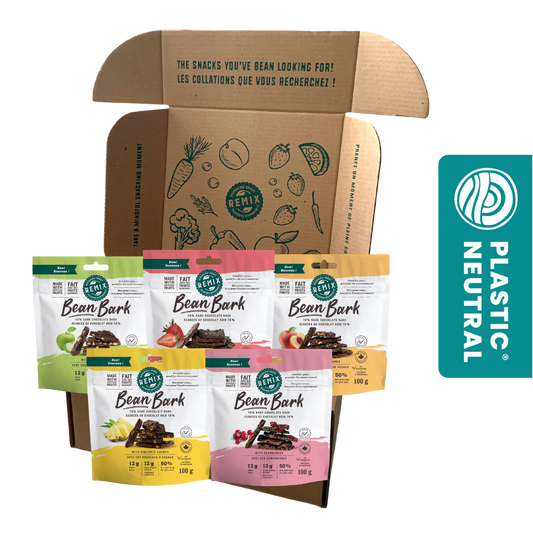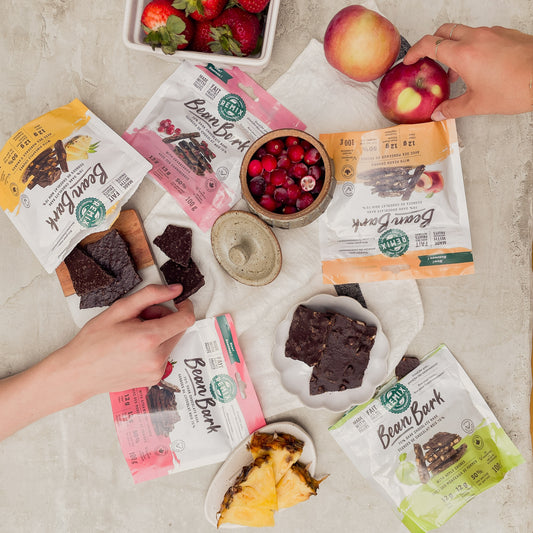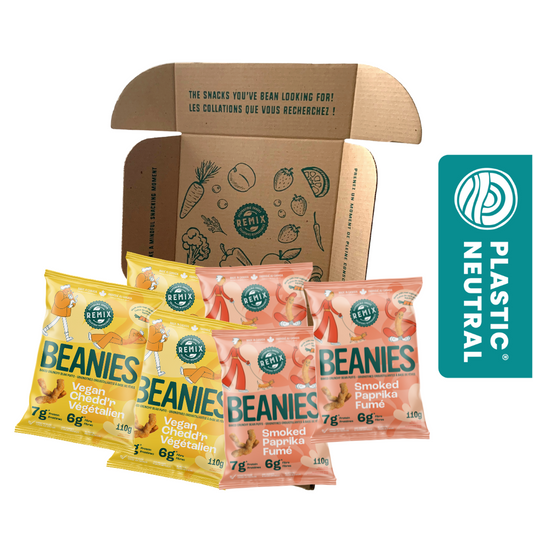
Written by: Sedra Jundi, MSc. RD. and Julia Hanna, MSc. RD, July 2020
Let's face it, we all know that beans make a great addition to our everyday meals but most of us hesitate to consume them because of the "not so pleasant" side-effects that come along.
Here are some practical tips on how to prep your beans to minimize the chances of having an upset stomach.
But First, Why Should We Consume Beans?
Not only are they nutritionally rich in protein, fiber, folate, potassium, magnesium & iron, but they are also versatile and economically friendly. Adding dry edible beans, such as pinto, navy, kidney, pink and black beans to our diet can decrease the risk of developing heart diseases, stroke, hypertension, diabetes, and obesity [1,2,3].
Why May Beans Cause Discomfort to Some People?
Introducing beans to our diet may result in unpleasant side effects, such as abdominal cramps, bloating and flatulence. Dried beans and peas contain complex sugars (fibers and oligosaccharides) that our bodies find hard to digest. Once these undigested sugars end up in the colon, our gut bacteria ferments them, causing gas. Good news, however, over time our gut bacteria adapts and can get better at digesting them; hence, reducing the occurrence of these undesirable side effects. That being said, if beans are new to you, give your body sometime to accept them.
What are Some Tips to Minimize the Discomfort ?
Soaking beans and throwing away the cooking water can remove some of the nondigestible carbohydrates responsible for the unpleasant digestive symptoms. Here are three different ways to properly soak your beans [4].
|
Traditional Soak |
Hot Soak |
Quick Soak |
|
|
Steps |
|
|
|
|
Advantages |
No boiling needed Most effective at reducing the gas-producing compounds |
Minimal cooking time Lowers the gas-producing compounds Softens the beans |
Faster soaking time Requires less planning |
|
Disadvantages |
Time consuming |
Time consuming |
Fermentation may take place if left in hot water for too long Loss of some folate |
Here are some additional tips to help you better adapt to having beans in your diet [5]:
- Introduce them gradually, start by having a few tablespoons and then slowly increase the amount. Giving time for your gut bacteria to adapt to their digestion.
- Ensure you are drinking enough water. Foods high in fibers, such as beans induce digestion, hence they require adequate hydration to minimize abdominal cramping.
- Make sure to change the water that is used to soak the beans to get rid of the gas-producing compounds.
- When using canned beans, make sure to rinse and drain them to release the gas-producing compounds.
- If you still experience major side-effects after consuming beans, consider an over the counter enzyme tablet that may help improve the digestion of the oligosaccharides present in beans.
If you are looking for fun ways to include a great protein snack in your diet, try out Bean Bark’s dark chocolate made from beans. The best part is that the beans are soaked for a more joyful snacking experience!
References:
-
Winham DM, Hutchins AM, Johnston CS. Pinto bean consumption reduces biomarkers for heart disease risk. J Am Coll Nutr. 2007;26(3):243-249.
-
Hosseinpour-Niazi S, Mirmiran P, Sohrab G, Hosseini-Esfahani F, Azizi F. Inverse association between fruit, legume, and cereal fiber and the risk of metabolic syndrome: Tehran lipid and glucose study. Diabetes Res Clin Prac. 2011;94:276-283.
-
Cunha DB, de Almeida RMVR, Sichieri R, Pereira RA. Association of dietary patterns with BMI and waist circumference in a low-income neighbourhood in Brazil. Br J Nutr. 2010;104:908-913.
-
Rondini, E. A., Barrett, K. G., & Bennink, M. R. (2012). Nutrition and Human Health Benefits of Dry Beans and Pulses. Dry Beans and Pulses Production, Processing and Nutrition, 335-357. doi:10.1002/9781118448298.ch14





